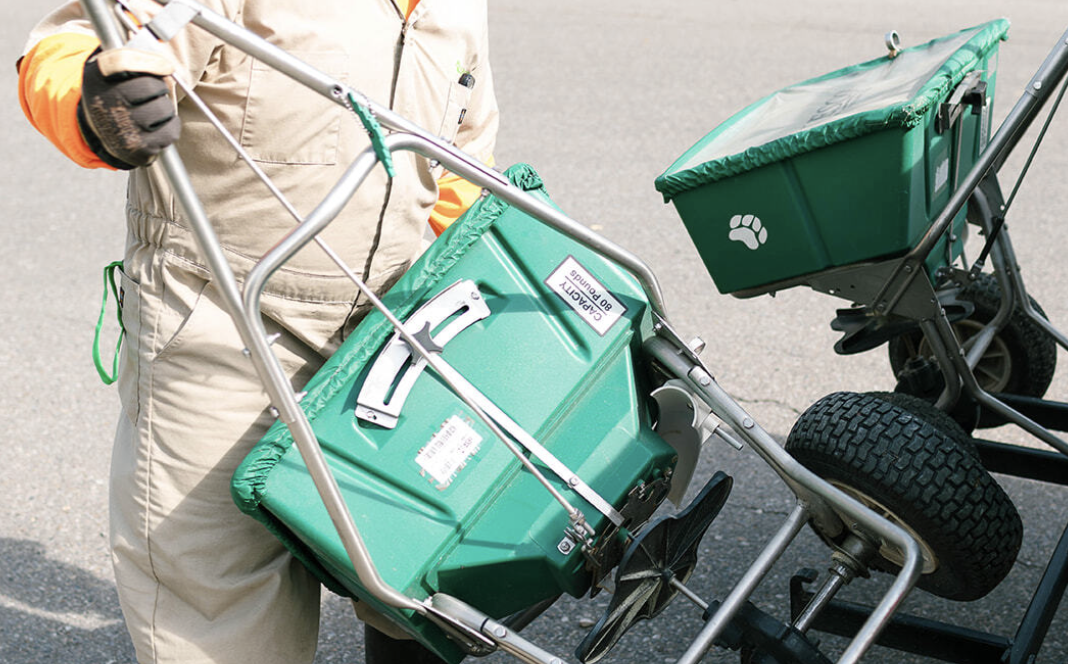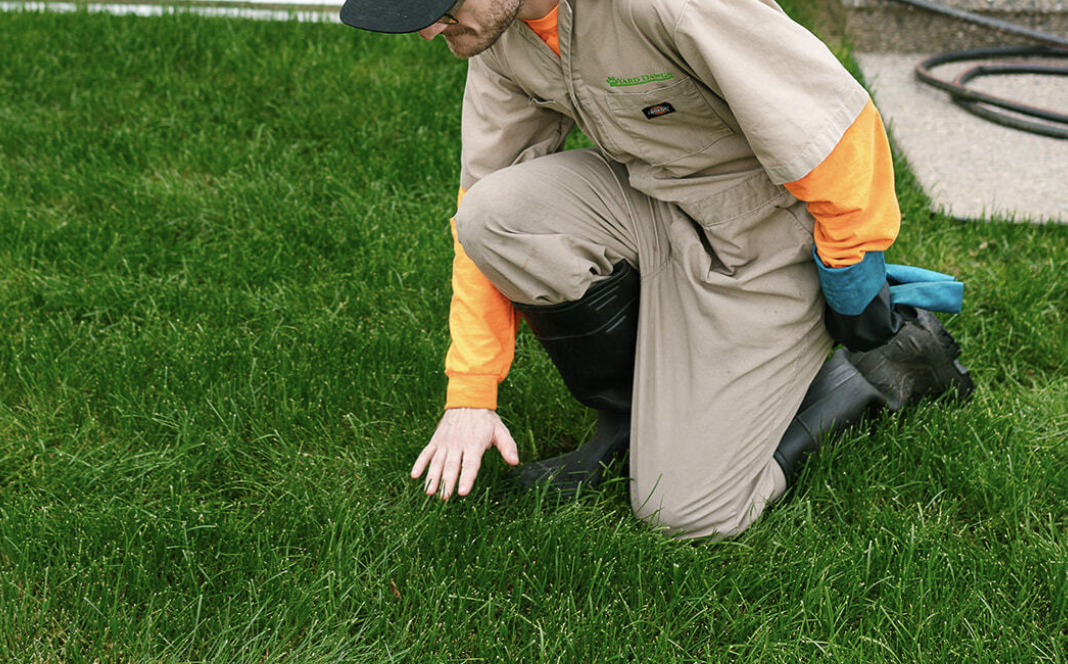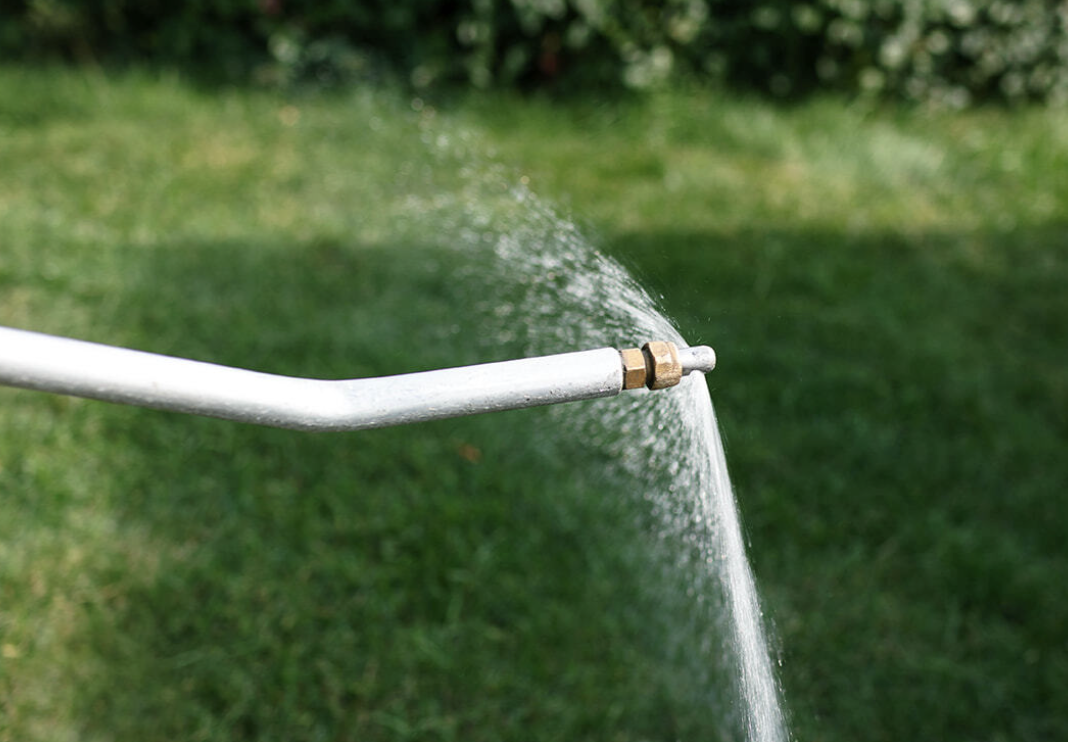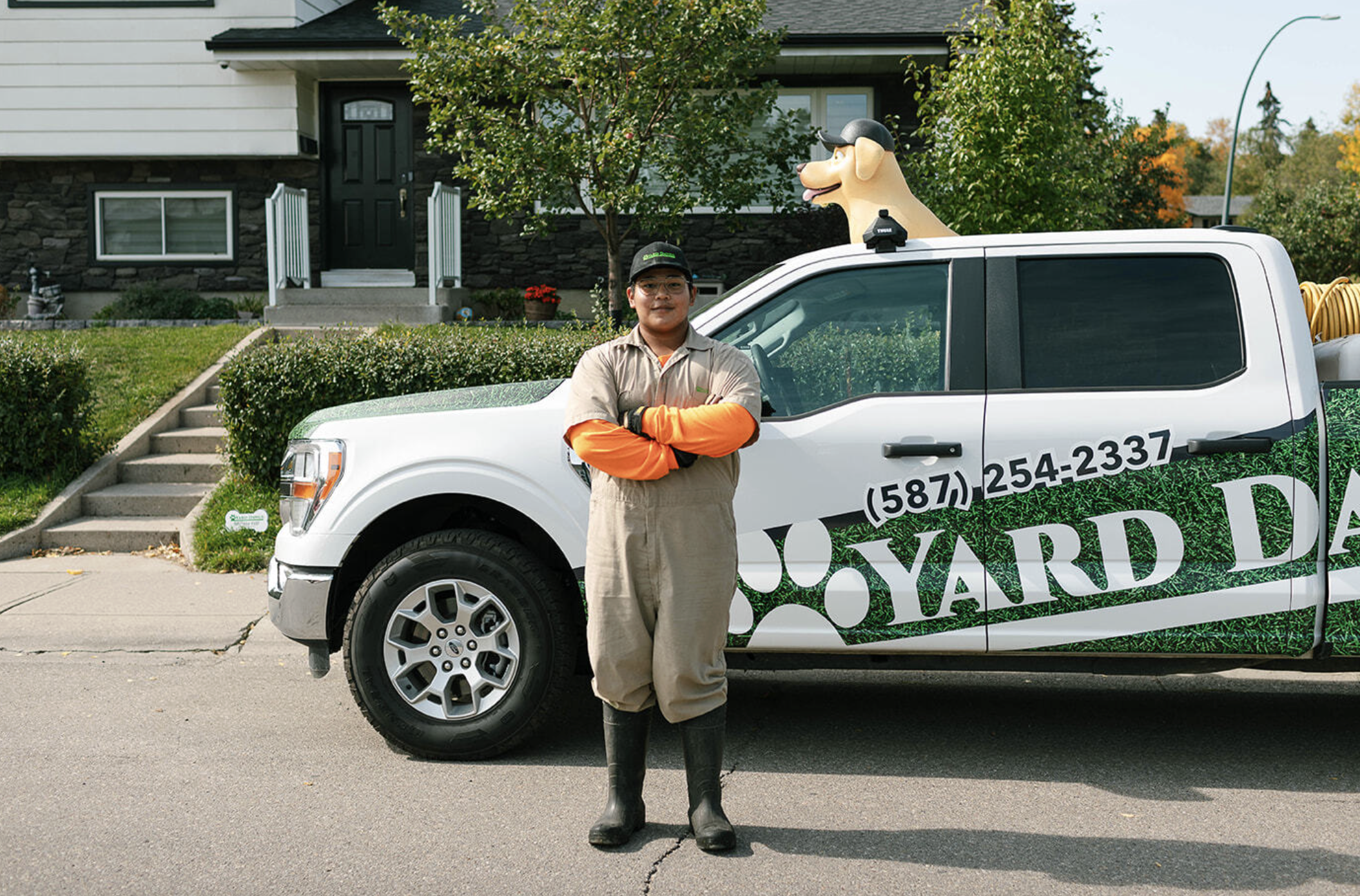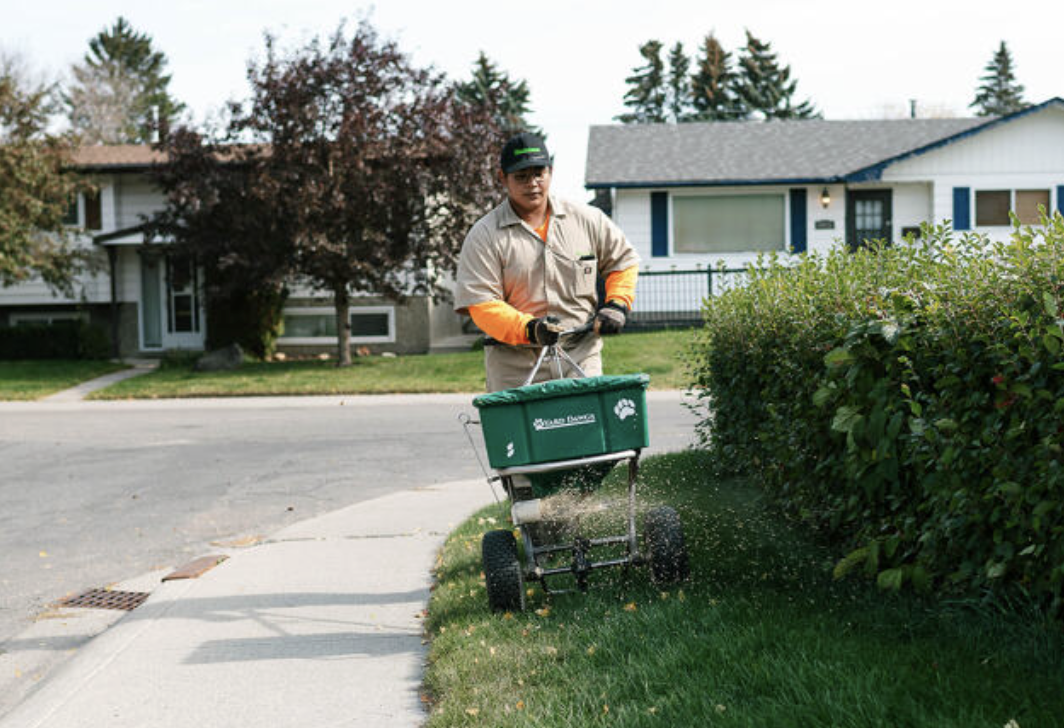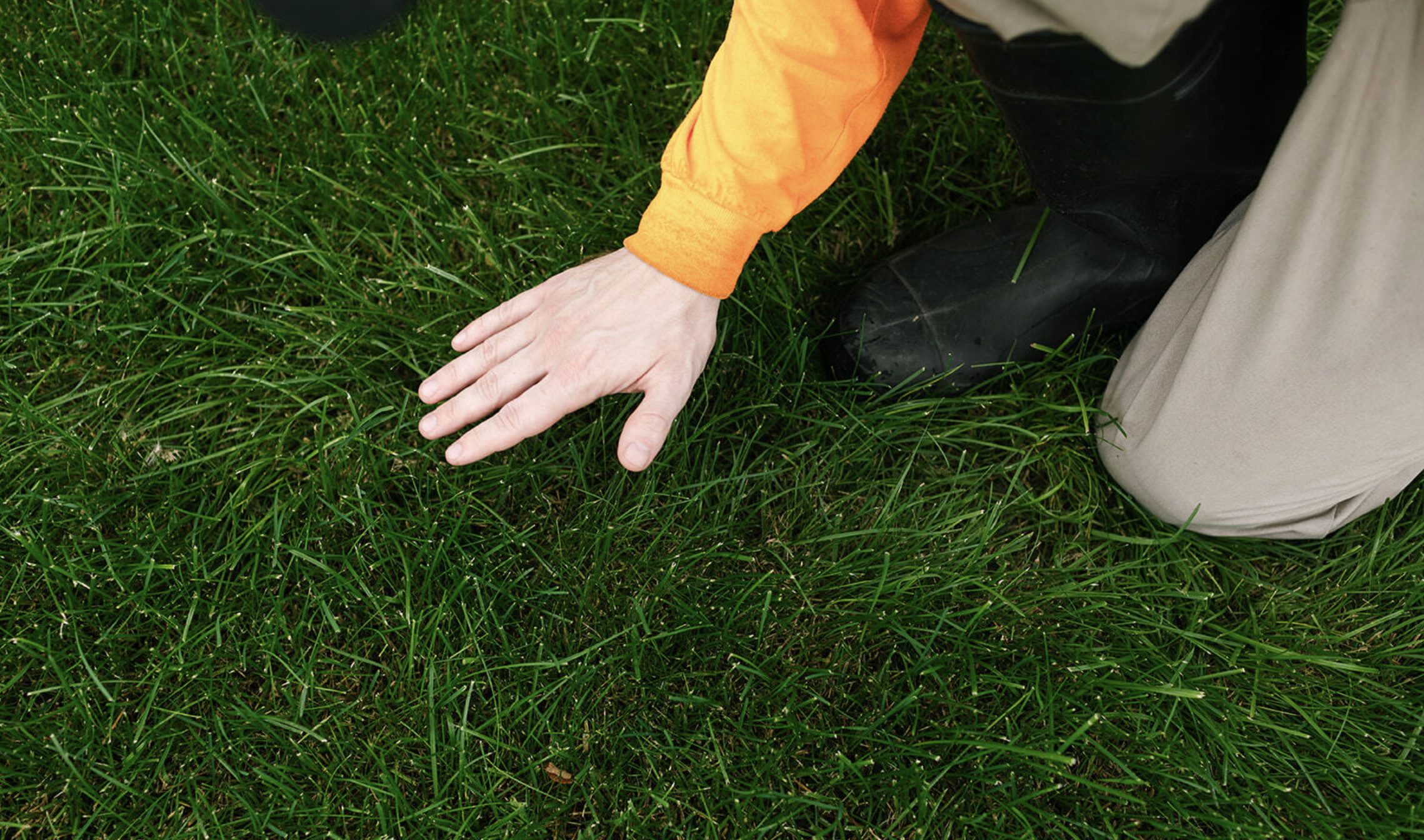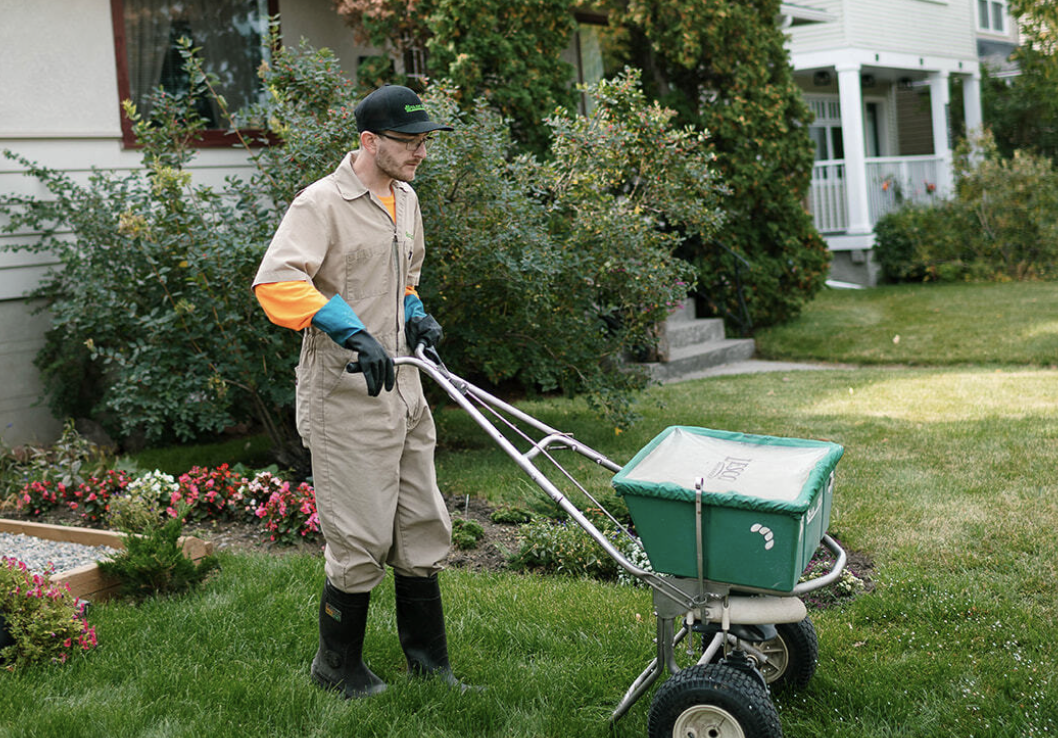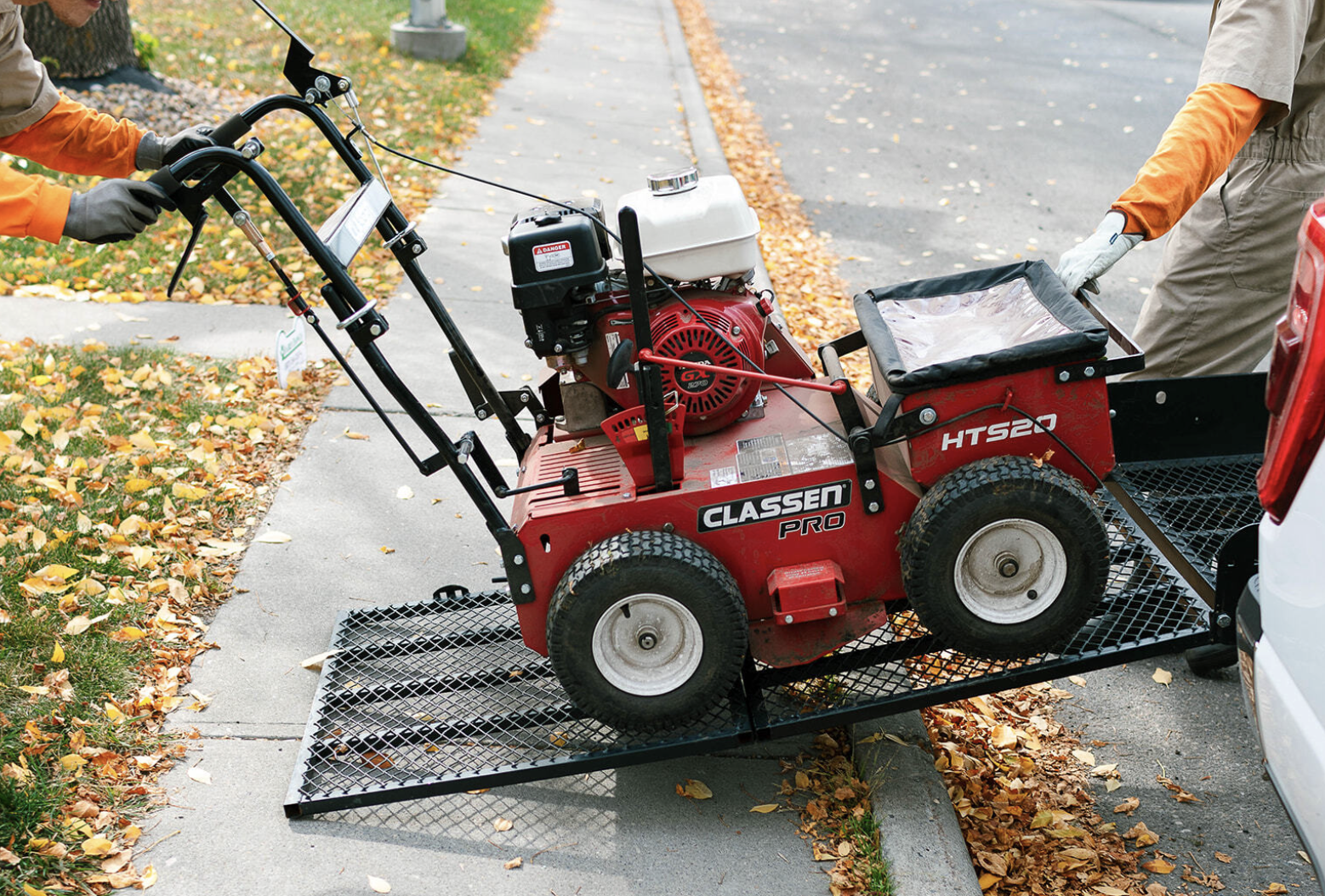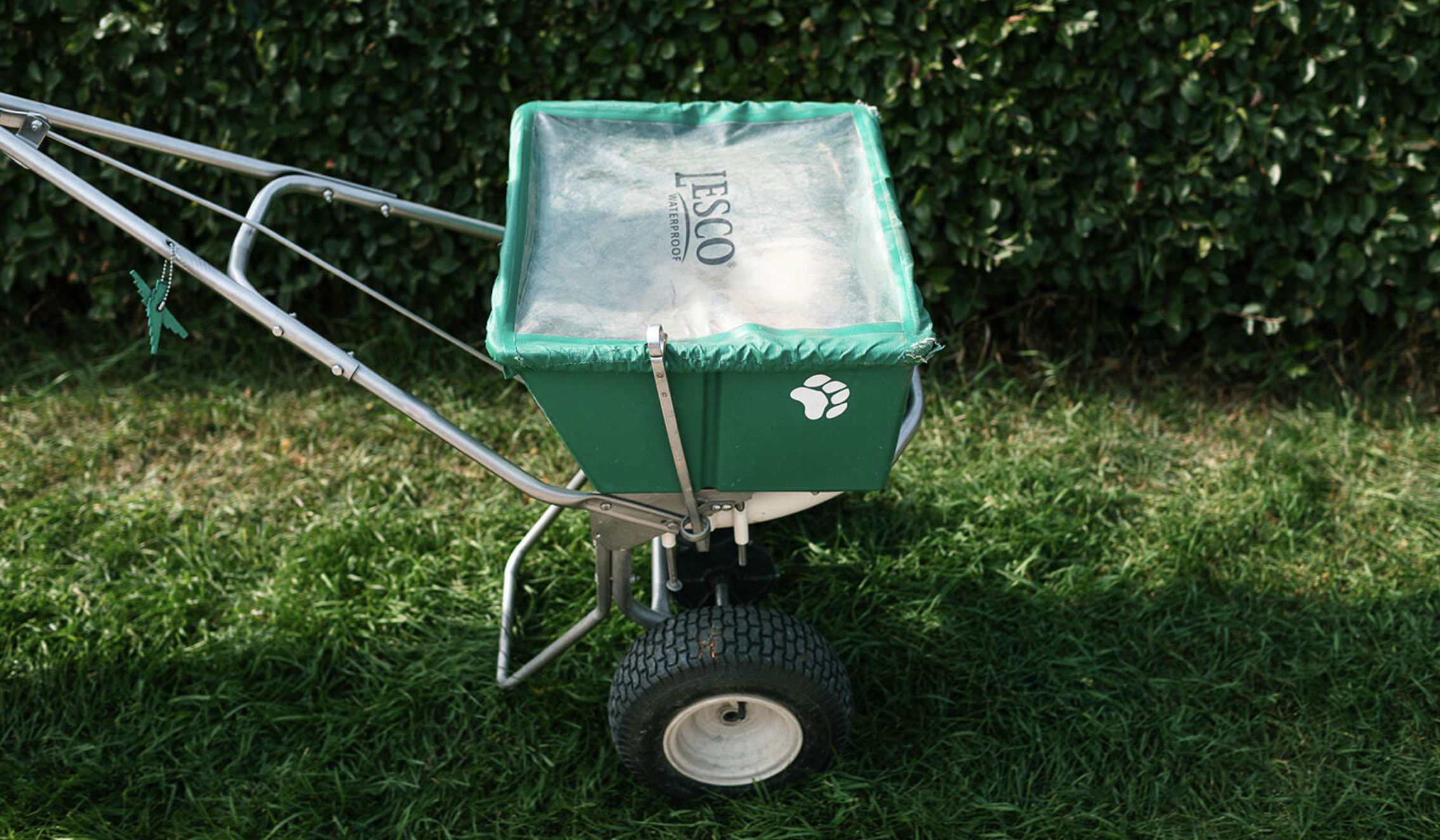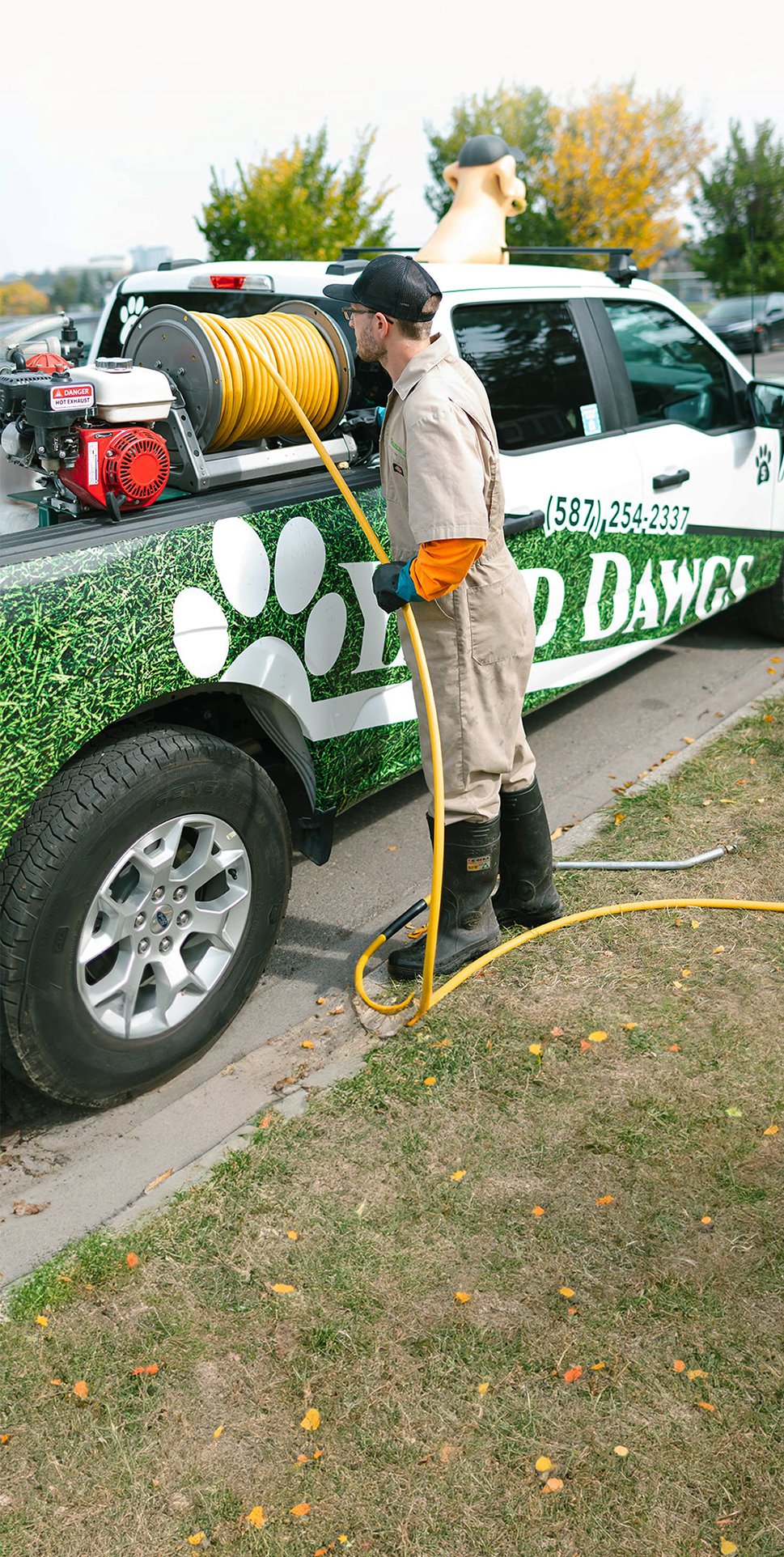Sod webworms may be tiny, but the damage they leave behind is hard to miss. These caterpillar-like pests can turn a green, healthy lawn into a patchy mess in just a few weeks.
If you’re noticing brown spots in your yard that don’t seem to improve with watering or mowing, sod webworms could be the culprit. In this article, we’ll break down what causes sod webworm damage, how to identify it, and what steps you can take to help your lawn recover.

What are Sod Webworms?
Sod webworms are the larvae of small brown moths that you might notice fluttering just above the grass in the early evening. These moths themselves do not damage your lawn, but their offspring certainly do. After the moth lays her eggs in the lawn, the resulting larvae begin feeding on grass blades and stems near the soil line.
Are Sod Webworms the Same as Grubs?
No, sod webworms and grubs are different lawn pests, although the damage they cause is sometimes confused. Sod webworms feed on grass blades at or just above the soil surface, creating irregular brown patches. Grubs, on the other hand, live below the soil and feed on grassroots, often causing turf to lift easily from the ground. Because their feeding habits and treatment methods differ, proper identification is essential for effective control.
Signs of Sod Webworm Damage
Knowing what to look for is the first step in getting ahead of a sod webworm damage. So, here are the most common indicators.
Brown Patches that Don’t Improve
The most telltale sign of sod webworms is the appearance of irregular brown or yellow patches in your lawn. These patches may initially be small but can expand quickly as larvae feed and grow.
Chewed or Scalped Grass Blades
Look closely at the grass in affected areas if the blades appear to be chewed off near the crown, that indicates that webworms have been feeding. In severe infestations, the lawn can look almost scalped in places.
Presence of Moths and Larvae
If you notice small moths flying low over the lawn around dusk, that’s a red flag. You can also perform a “soap flush” test by mixing a few tablespoons of dish soap with water and pouring it over a small area of grass. Larvae will surface within minutes if they are present.
Increased Bird Activity
Birds pecking at the lawn can actually be a helpful sign. They’re likely feeding on the larvae below the surface.
Conditions that Attract Sod Webworms
Sod webworms thrive in hot, dry conditions, especially in summer. Lawns that are under stress due to heat, drought, or poor maintenance are more likely to suffer from infestations.
Additional factors that contribute to sod webworm problems include:
- Thick thatch layers that provide shelter for larvae
- Over-fertilization, which encourages rapid growth and makes grass more appealing to pests
- Infrequent mowing, allowing moths to more easily lay eggs
A weak or unbalanced lawn creates an environment where sod webworms can feed and multiply with little resistance.
How do you get rid of sod webworms?
Once you’ve confirmed the presence of sod webworms, the next step is treatment. There are both chemical and natural options, depending on the severity of the infestation and your preferences.
Chemical Insecticides
If the infestation is widespread, insecticides can be an effective solution. Products containing bifenthrin, permethrin, or carbaryl are often recommended. Always follow label instructions and apply treatments in the early evening when larvae are most active near the surface.
It’s important to water the lawn lightly before and after applying insecticides to help move the product into the thatch layer where the larvae live.
Natural Control Methods
If you prefer a more eco-friendly approach, beneficial nematodes and Bacillus thuringiensis (Bt) are effective biological options. Nematodes are microscopic organisms that seek out and kill soil-dwelling pests. BT is a naturally occurring bacterium that targets caterpillars and is safe for humans, pets, and beneficial insects.
Mow and Water Appropriately
Short mowing prior to the treatment can help expose larvae and make insecticides or nematodes more effective. However, avoid mowing the lawn immediately after application. In that case, it can remove product residue needed for effectiveness.
What Is the Best Killer for Sod Webworms?
The most effective killers for sod webworms are insecticides specifically labeled for turf caterpillars, particularly those containing bifenthrin or carbaryl. These products work quickly when applied properly and timed to larval activity. For best results, treatments should be applied during evening hours and followed by light watering.
Helping Your Lawn Recover
Once the infestation is under control, your lawn will need a little TLC to fully recover.
Fertilize Carefully
Apply a slow-release nitrogen fertilizer to promote healthy new growth. Avoid over-fertilizing, as this can lead to lush but weak turf that’s more vulnerable to pests and disease.
Aerate and Dethatch
Compacted soil and thick thatch are ideal hiding places for webworms. Aerating the lawn helps improve water and nutrient uptake, while dethatching reduces the protective layer where pests thrive.
Reseed Damaged Areas
Overseed bare or thin patches to encourage thick, dense grass that can resist future infestations. Choose a seed blend that matches your existing turf and is well-suited to your climate.
Water Deeply and Infrequently
Watering properly helps strengthen root systems. Aim for longer, less frequent watering sessions instead of short daily sprinklings. Strong, deep roots help the lawn resist stress and recover more quickly from damage.
Keep Your Lawn One Step Ahead
The best defense against sod webworms is a healthy, well-maintained lawn. Regular mowing, fertilization, and watering keep your turf strong enough to withstand minor pest pressure. Monitor for signs of trouble during the growing season, especially in the summer months when webworms are most active.
If you need help diagnosing lawn problems or managing pest issues like sod webworms, the team at Yard Dawgs Lawn Care can help. Their local expertise and comprehensive lawn care services will help get your grass back on track and keep it thriving all season long.


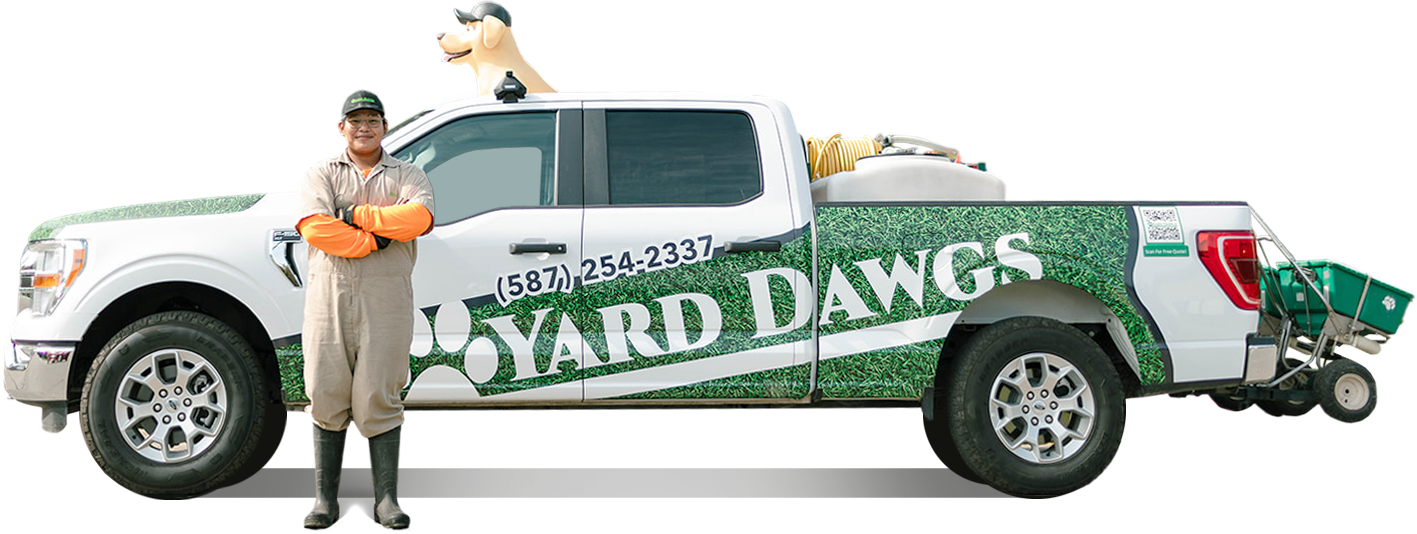


.png)
